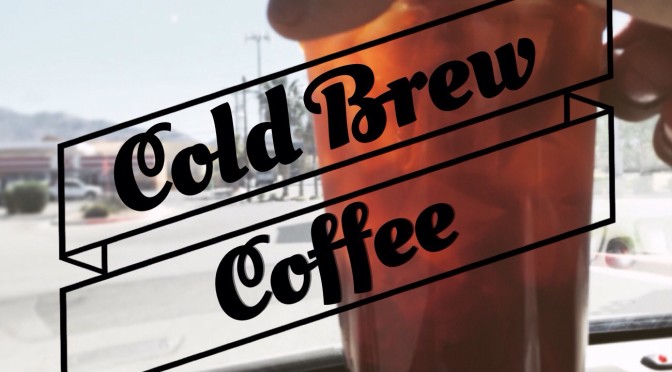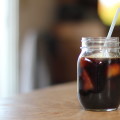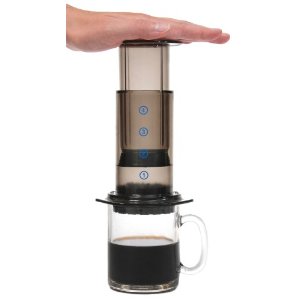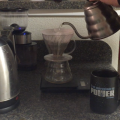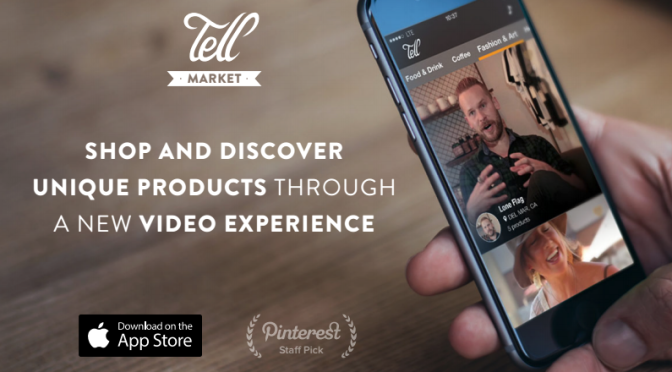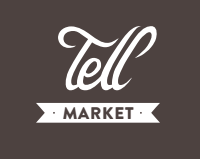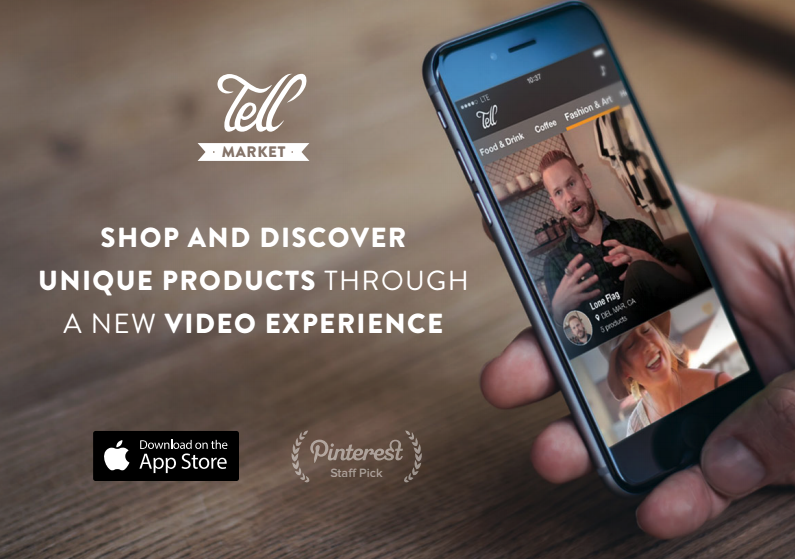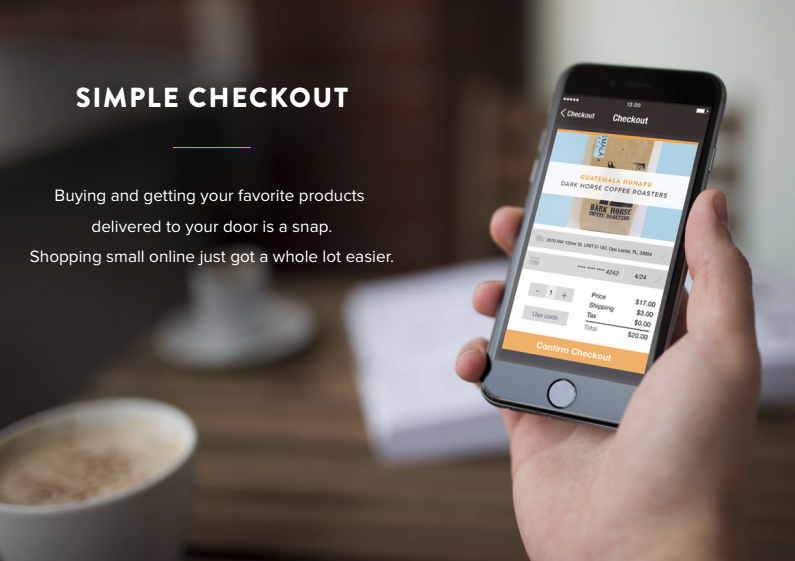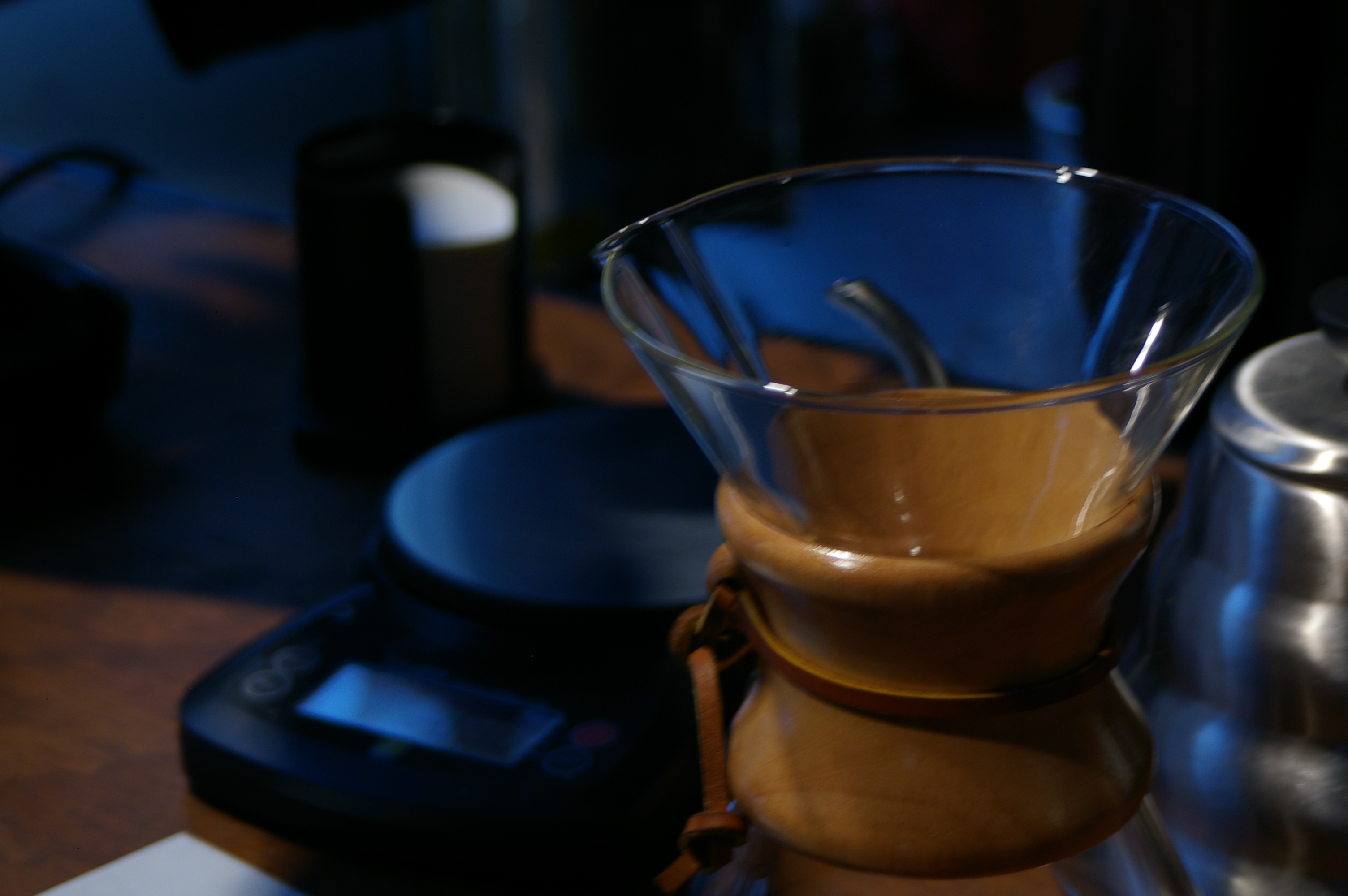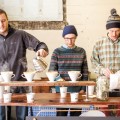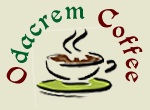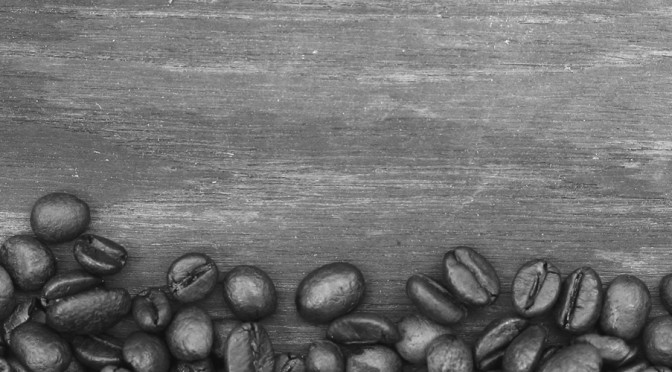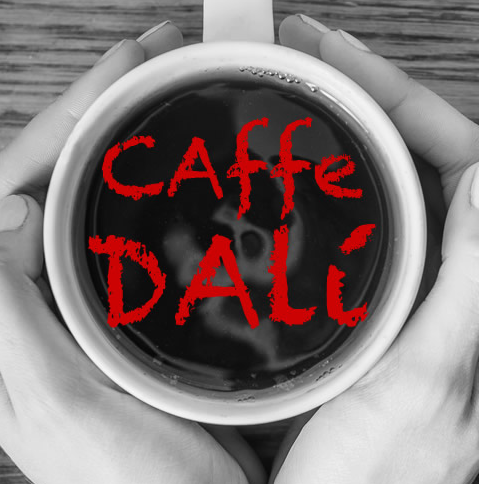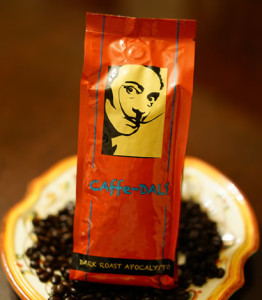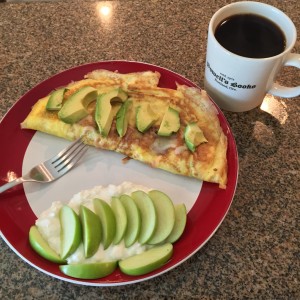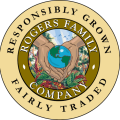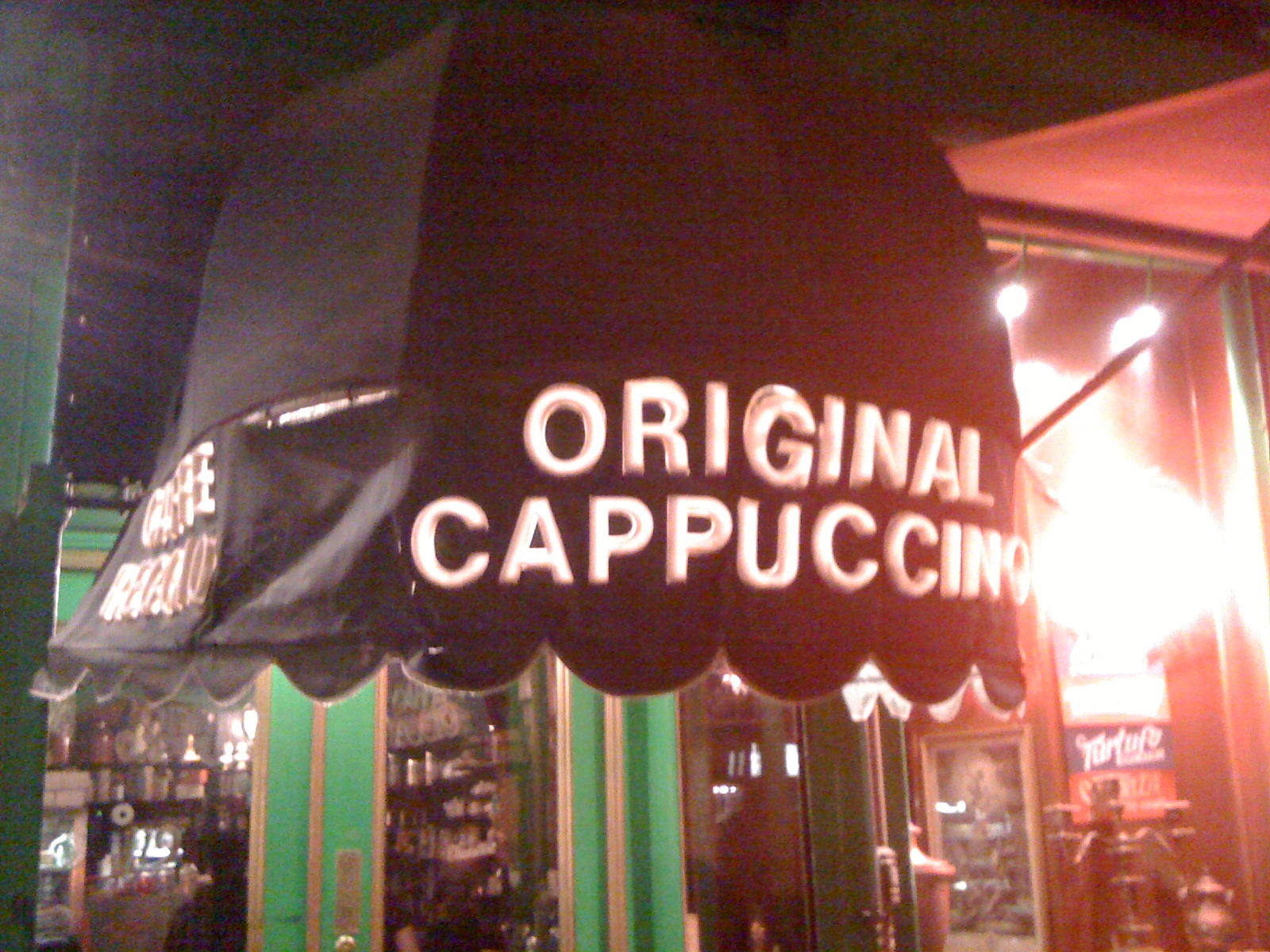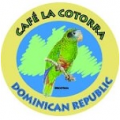
Hot temperatures require a cool drink – and what better way to cool off than with a nice glass of cold brew coffee? There are plenty of options to buy cold brew, and chances are good that your local coffee shop offers their own concotion on tap or bottled. And while I’m a huge proponent of supporting local coffee, it’s much more cost effective to brew at home. But first, it might be helpful to answer to underlying question: what exactly is cold brew?
Let’s start with what cold brew is not: it’s not iced coffee. Iced coffee is exactly what its name implies – hot coffee that has been iced and cooled to help you beat the heat. And while there’s nothing wrong with enjoying iced coffee, you might find that you end up liking cold brew more – and here’s why. Properly brewed hot coffee requires water temperature of about 200 degrees F – just under boiling in most places. This temperature is ideal to help exctract the flavors that make your coffee unique. Too hot, and you’ll find that your coffee is bitter and over-extracted. Too cool, and you’ll be missing the tasting notes that make your coffee special. Dumping iced cubes into hot coffee may be a good way to get you through a summer day, but it will alter the taste of your coffee, generally for the worse.
Cold brew coffee takes a different approach. Rather than using hot water to quickly extract a cup of coffee from ground beans, cold brew requires that you soak a large volume of coffee grounds in cold water for an extended period of time (typically 8 to 24 hours). The result will be a strong coffee concentrate that you can mix with water or milk to give you a nice chilled coffee beverage without sacrificing the great taste of the beans you purchased. There are other ways to achieve cold brew, but the above explanation is the easiest to understand.
There are tons of cold brew coffee brewers on the market, and most are very affordable. That being said, all you really need is a jug or jar to soak your coffee grounds, a refridgerator to keep them cool, and a filter to get the end result.
I use the Toddy – a simple system that uses a large jug and includes a rubber stopper and reusable filter. It goes for $34.95 on Amazon, and you can find out more here. I used Toddy’s recommended brew method: 170grams (about 6oz) of course coffee grounds (ground slightly courser than French Press) followed by 1 cup of water. Add 3 more cups of water to wet the rest of the coffee grounds, followed by another 170grams of coffee. After 5 minutes, add the last 3 cups of water. Toddy recommends that you do not stir to avoid a clogged filter, so it’s important to add water in such a way that all the coffee grounds are wet.
After adding all the ingrediants, simply put your jug in the refridgerator for 12 to 18 hours. Once brewed, set the jug on top of the included glass carafe and remove the rubber stopper to allow the coffee to exit through the filter.
I used Dark Horse Coffee Roaster’s Guatemalan Hunapu for my latest batch of cold brew in my Toddy, and it turned out fantastic. If you want to give Dark Horse a try, check them out on Tell Market here.
If you’re more inclined to use materials that you already have at home, a mason jar and cheesecloth can work great. HuffPost has an entertaining (if slightly provocative) article about how you can do this. Check it out here.
What are you waiting for? Go give cold brew a try! Have a different method that you prefer using? Drop me a line in the comments and let me know.
The Coffee Guy
